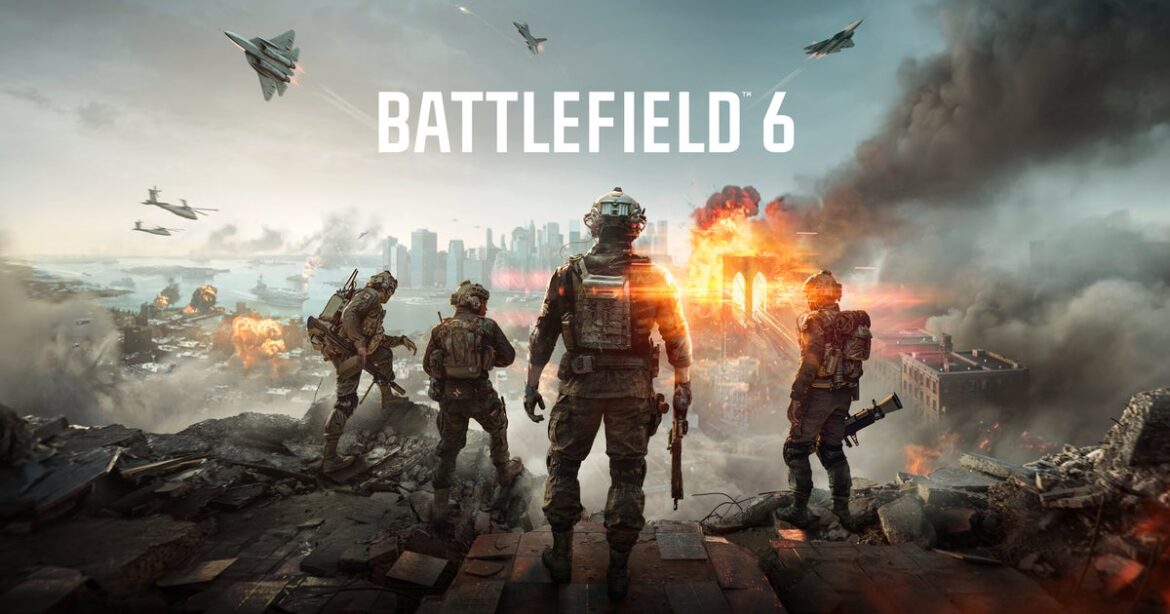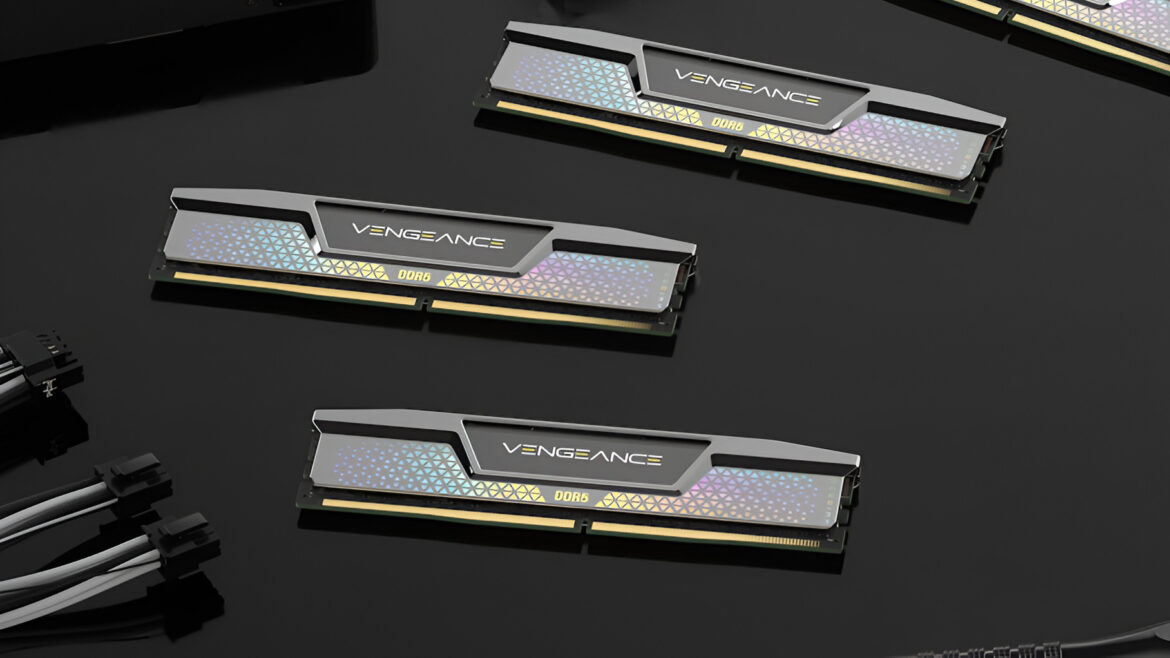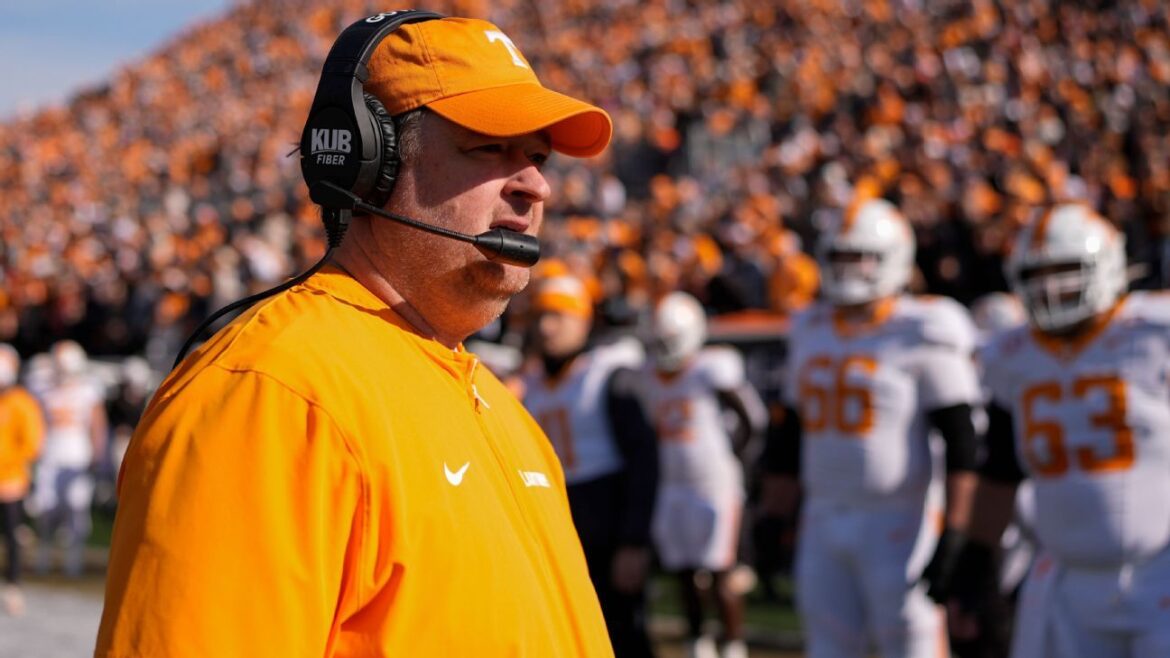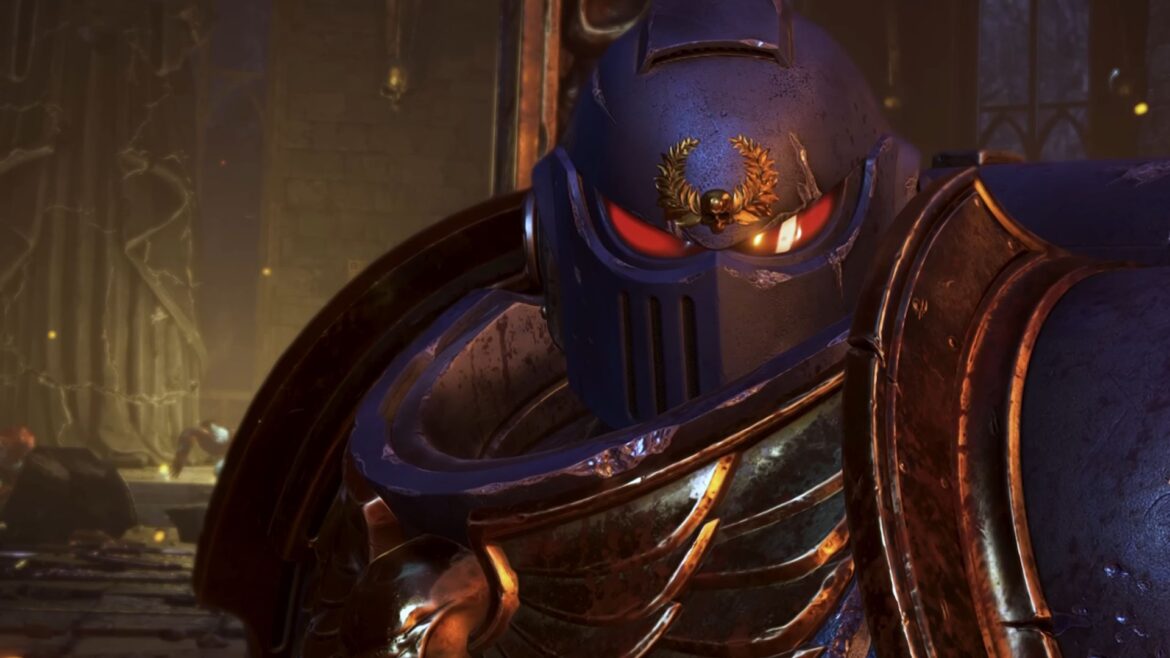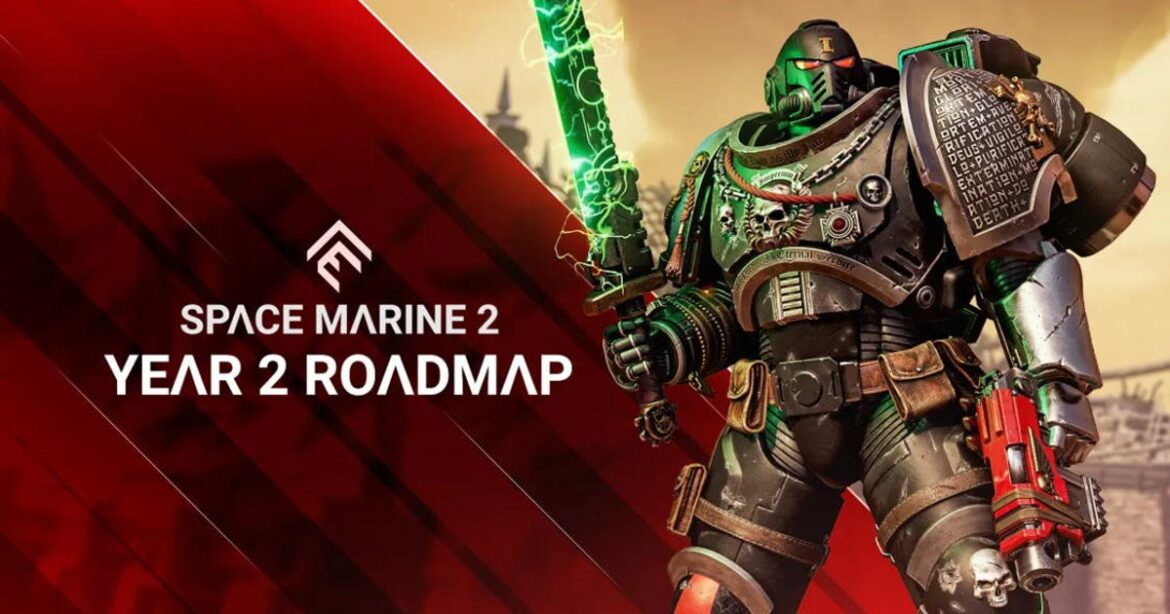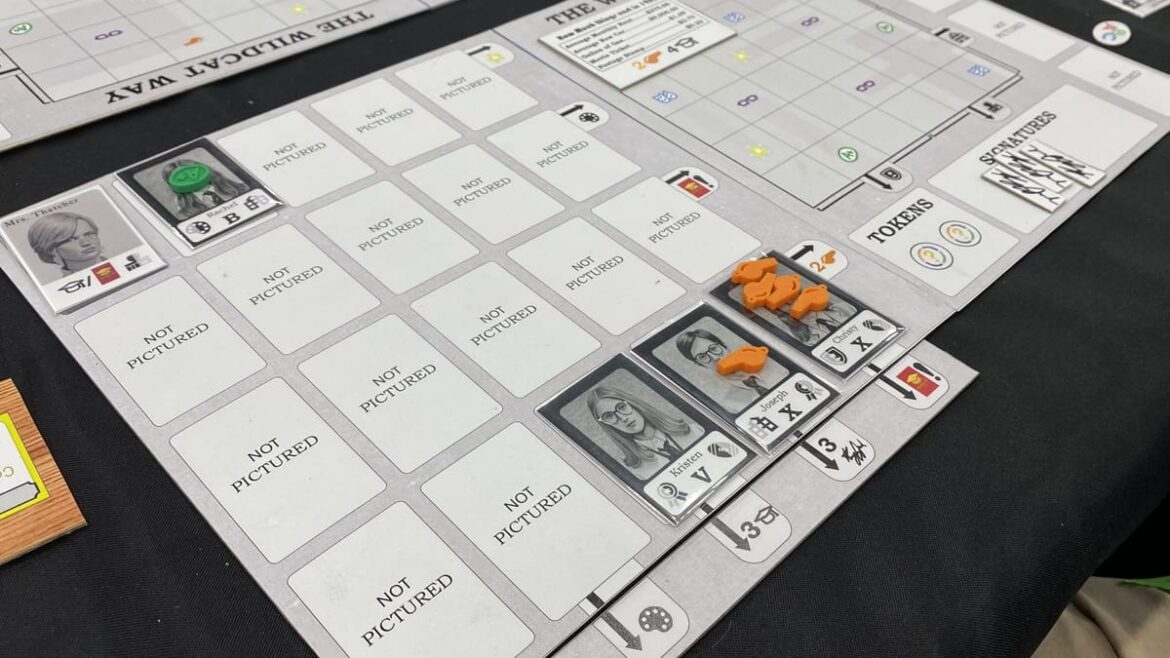I have not played the entirety of the Battlefield 6 single-player campaign yet, but I played enough to have a solid guess as to what the high-level goals for it were. It wasn’t until I got a chance to speak to some of the people behind it that my suspicions were validated.
It’s also very easy to guess that some of the same people who get excited about playing the campaign mode in yearly Call of Duty releases likely won’t be moved by what Battlefield 6 is offering there, and perhaps that’s fine.
After playing three missions of the Battlefield 6 campaign, I caught up with Emily Grace Buck, narrative design director at DICE, and Fasahat Salim, design director at Criterion. Much like the rest of the game, the single-player campaign is also the result of work by various teams under the Battlefield Studios banner – and DICE and Criterion are certainly among them.
Our chat mainly focused on the narrative elements of the game, but I was also curious about how such a big team split across different parts of the world and different time zones can come together in this fashion to create a major game like Battlefield 6.
This interview has been edited for brevity and clarity.
VG247: The narrative of the campaign is pretty topical. I think it plays on some very real fears that people have in the world right now about NATO and the state of alliances that we once believed were ironclad. Did you intend for this?
Emily Grace Buck, narrative design director, DICE: Battlefield has always tried to be, as much as possible, an extremely grounded military experience. When we talk about what Battlefield is, kind of in its core DNA; it is grounded. It is realistic. It is looking at the world through the lens of a soldier on the ground stuck in a much wider conflict, right?
So as we’re trying to determine what the story should be, we were very, very influenced by earlier Battlefield games like Battlefield 3 and Battlefield 4. That took in the world as it was at the time that those games were made. And we’ve tried to do that here, too. We’ve done an immense amount of research into the older Battlefield games, topical films, documentaries, talking to current and former service members to try and understand how to create a conflict that is entirely fictional, but feels realistic, feels plausible, feels grounded, and feels really interesting for the player to be experiencing in our modern setting. So, obviously it’s set in a world that feels as realistic as possible, but we’re not trying to copy anything directly that’s going on, whilst also making it feel like it could potentially be realistic.
VG247: You mentioned some inspirations. Can you name some of them?
Emily Grace Buck, narrative design director, DICE: Absolutely. Like I said, our biggest inspirations: some of our older titles, but we’ve been watching – there are so many good, really grounded military films and television shows. Now, some of the ones that we had mentioned previously that were big touchstones for us were the film Civil War, the television show Lioness. We’ve looked at the television show Slow Horses quite a lot as well. Basically, anything that hits that place of reality, of looking at the people who are actually stuck in the conflict, not the ones who are driving it. We also watched countless documentaries and footage from conflicts around the world. Again, just to understand what it really feels like to be stuck in that kind of place.
Image credit: EA, Battlefield Studios.
VG247: So can you tell me – this is more of a logistical question – but I am curious who’s leading the campaign development. I know Motive – and please correct me if I’m wrong, but I feel like Motive is at the top and then there’s an effort from the other two studios, Criterion and DICE (as the caretakers of the franchise). How does this split work? Is there one team leading and then people are contributing certain elements?
Fasahat Salim, design director, Criterion: It’s actually a far broader thing than each studio takes its own thing. We’re all kind of contributing to pretty much the whole project, and obviously single-player multiplayer are just two components, there’s a lot more as well in this whole package. We’ve got people in Criterion, DICE, Motive, Ripple Effect all contributing to all of it in some way shape or form.
For example, I’ve been responsible for campaign missions, but I know I’m working with people who are actually also working on multiplayer, meta and all of these other parts. So it’s such a huge project across the board. Inevitably, having all four studios come together and share resources, knowledge and tech is something that we had to do for something of this scale.
So having everyone’s expertise contributing wherever it’s needed has been super vital for us trying to get this over the line. Of course there’s been a lot of knowledge, learning and knowledge sharing between studios. Obviously, like you said, DICE obviously have the most amount of experience with it, so how can we kind of bring that ethos of what makes Battlefield Battlefield and make sure that all the other studios are ensuring that that’s part of what they’re thinking about when they’re making the content or the stuff that they’re working on.
But yeah, it’s been a shared endeavor. We’ve got people across the board, across time zones working on this thing. We’re all involved in everything pretty much.
VG247: I was surprised by some of the dialogue in some of the missions. Very early on in the New York mission, there’s a conversation between Lopez and Gecko, where he’s grousing about people being upset there’s military action in their backyard. Gecko basically responds that freedom sometimes means disagreeing with the government.
I thought that was a very relevant line. It was more nuanced than I expected in a military shooter, and I just wanted to understand: was this a conscious choice to have your characters make these relevant statements? Are we going to see some of that again in the rest of the campaign?
Emily Grace Buck, narrative design director, DICE: So kind of like I was speaking to earlier: Battlefield has always tried to be a really realistic game. When we made the choice to set this contemporary, in order for that to feel really good and feel grounded and hit that fantasy for players, we have to bring some things that feel real to our world. Our characters have to feel like they’re connected to the world that they live in, and they’ve lived through the type of world that we have all been in.
Of course they’re going to have different perspectives, and you should see that, and you should hear that from them. That’s exactly how real military personnel would talk to one another as they’re going into a mission, they comment on it, they’re interested in knowing how everyone else that they’re fighting alongside feels about it, because you need to know that you trust that person next to you with your very life in all of those instances.
So yeah, I think that for players who are coming in, who are very up-to-date on the news and have done anywhere near the amount of research that we’ve done on what’s going on with the world so that we could create a really interesting fictional setting. Of course, they’re going to see things that they might resonate with, some things that they might agree with, some things that they might disagree with, some things that might make them think, some things that they’re going to ignore completely and will just fade into the background.
I think a lot of how you process this story is probably going to be based on how you come into it, but I hope that our players will have fun. Maybe think a little bit and walk away going, ‘I feel like I had the experience of military personnel on the ground in this kind of situation’ if something like this were to happen, but I don’t think it would, but it might.
VG247: I’m based in the UAE, and recently there was – let’s say military action – on a neighboring country; two US allies [involved]. When I got into the game, I wasn’t expecting it to be this prescient. I would imagine that the research that goes into it maybe gave you a little bit of an insight into how a potential course of action might take place.
Emily Grace Buck, narrative design director, DICE: We’re going for grounded. But yeah, most of this story was written multiple years ago. So if they’re extremely close to things happening right now, of course, we’re not directly referencing that. What we’re trying to do is provide something that feels grounded and like a good story.
Watch on YouTube
VG247: Are you working on a narrative element for multiplayer/BR? Can we expect a narrative element to the multiplayer modes once we’re done with the story of the campaign?
Emily Grace Buck, narrative design director, DICE: Yes, yes, absolutely you can. So the multiplayer maps and everything that we’re releasing for the core product of Battlefield 6 is set in one universe, one conflict. The multiplayer maps are in some of the same general locations as the single-player maps. You’ll see the other side of the city or another side of the town, other side of the mountain, for example. Most of them take place either concurrently with the single-player campaign moments, or days to weeks afterwards. Essentially, what we want you to feel here is that fantasy of being that boots-on-the-ground personnel.
Between the campaign and the multiplayer maps, you can see different sides of these fronts, basically. You can feel much of the time – in the campaign – what it’s like to be some of the military personnel who are there early in the conflict, or maybe even the ones kicking things off. And then in multiplayer, it’s more… weeks later, things have continued to evolve or devolve. What’s it like now?
VG247: Are we going to see any input from these characters? Are they even gonna show up, am I gonna be able to play as Gecko, for example, in multiplayer?
So Dagger 1-3 is not currently in the multiplayer experience. However, there are characters in the multiplayer experience who are featured as NPCs and squad members throughout the campaign. So there is a direct connection with some characters between the two.
VG247: So, for the narrative content for multiplayer – obviously some of this is based on what other games have done. CoD: Warzone, for example, will have a cutscene that will set up something, can we expect more from Battlefield? To bring that narrative together? Can we expect something more to go along with the new season launching beyond just – here’s a two-minute cutscene and then that’s it, and we never hear from these people again?
Emily Grace Buck, narrative design director, DICE: So again, we’re not gonna be talking about the live season stuff today, but I can tell you in context of what we have in the multiplayer launch. Again, these are kind of different sides of the same biomes. So very similar types of buildings and understanding.
If you really look at the environmental storytelling of what’s gone on with this conflict. Like I mentioned, some of the same characters that you see in the campaign will be playable in multiplayer as well. Even when it comes to things like potential customisation items and such, it all ties back into that same narrative. That this group of people is living through this conflict together.
Image credit: Battlefield Studios, EA.
VG247: In terms of the structure of the campaign, we only played three missions, but the Tajikistan one is different because it was completely open. You could tackle the objectives in any order you want.
The new New York mission is the highlight for me. It pretty much showed the full spectrum of [gameplay]. There were open-ish areas, sections where you can command your squad. There were tight sections in there, there was a chase. So almost like it’s a good vertical slice of what the campaign can offer. I think that mission in particular is gonna be a lot of people’s favourite.
Can you tell me what the sort of split is for the campaign? How much of it is gonna be open-ish environments versus very tight, very scripted missions?
Fasahat Salim, design director, Criterion: It’s actually a good mix. I think Tajikistan is probably the most open mission. So that’s why, just for the sake of variety, I think you got to play that at the end. Generally, across the whole campaign, there’s a good mix of exactly what you just described; that traditional Battlefield single-player campaign that you expect to really feel the big action moments, you know, over the top spectacle.
The thing that kind of is a consistent throughline through all of the campaign – including the three missions that that you’ve played – is trying to give the player that feeling of classes, and what it means to play in different roles within a squad. In each of those [missions], you’re playing as a different class, and that’s entirely intentional.
In [Gibraltar], you’re playing as an Engineer, therefore you’re supporting the vehicle. You’ve got your blowtorch. You’re trying to keep the tank alive. There’s a lot of focus on what it means to be an engineer class. Then obviously in the New York mission, you are very much front and center Assault, right?
You’ve got close combat, you’re going through the houses, you’re shooting guys through walls, they’re shooting back at you. Everything is is very much right at the frontline. So you’ve got your shotgun, you’re doing a lot of damage. There’s grenade launchers, like you said, there’s a whole spectrum of things happening.
And then obviously in [Tajikistan] it is a much bigger mission, but it also lends itself to the Recon class, which is what we’re treating as the fantasy for that mission. So you’re playing with the sniper rifle, and again, you’ve also got a drone as your gadget, so you’ve got an eye in the sky. You can use that to recon ahead.
So all of these are trying to give the player that fantasy of the different classes, and that’s very intentional. Because as you know, Battlefield is about classes. Even when you play multiplayer, it’s about fulfilling that role within a much larger conflict.
For example, you talked about squad orders. Squad orders is a big part of fulfilling that squad-based fantasy. You are a part of this squad. Your squad has specific skillsets that could help you solve the problem at hand, so use them. Depending on who you are playing as, some squad orders won’t be available to you. For example, in [Tajikistan], you’re playing the Recon. There aren’t any Recon squad orders when you open up the wheel. That’s because you are the Recon.
VG247: Do you think some people will prefer to have that sort of solo fantasy instead of the squad fantasy? I wouldn’t mistake this campaign for being part of any other shooter franchise, but I’m also aware that Call of Duty and other games tend to focus on singular individuals instead of just having the full squad. Do you think some people would’ve wanted that from Battlefield 6 and maybe aren’t fans of [the squad] element from BF4 coming back?
Emily Grace Buck, narrative design director, DICE: I think that’s exactly what we’re going for. But yeah, we were just trying to make the best Battlefield campaign we possibly could, and Battlefield has always, always been about being one of the little guys. It’s not about being in the SAS, it’s not about being in Delta Force or Seal Team Six.
It’s about being an enlisted soldier, trying to survive a really s**t situation with your mates, right? And to get your objectives done and survive and get out. That’s Battlefield. It’s a cover shooter. There are moments in our campaign where you have a smaller squad available. There are moments where it’s all four of you.
So I think there are opportunities for players – especially some of them who are really skilled, if they wanna lean into that run-and-gun fantasy – there are moments they can do it, but that’s not absolutely core to our Battlefield DNA the way that the squad play is. So that’s not the main fantasy that we’ve tried to provide in the single-player campaign.
Battlefield 6 launches October 10 on PC, PS5, and Xbox Series X/S.

